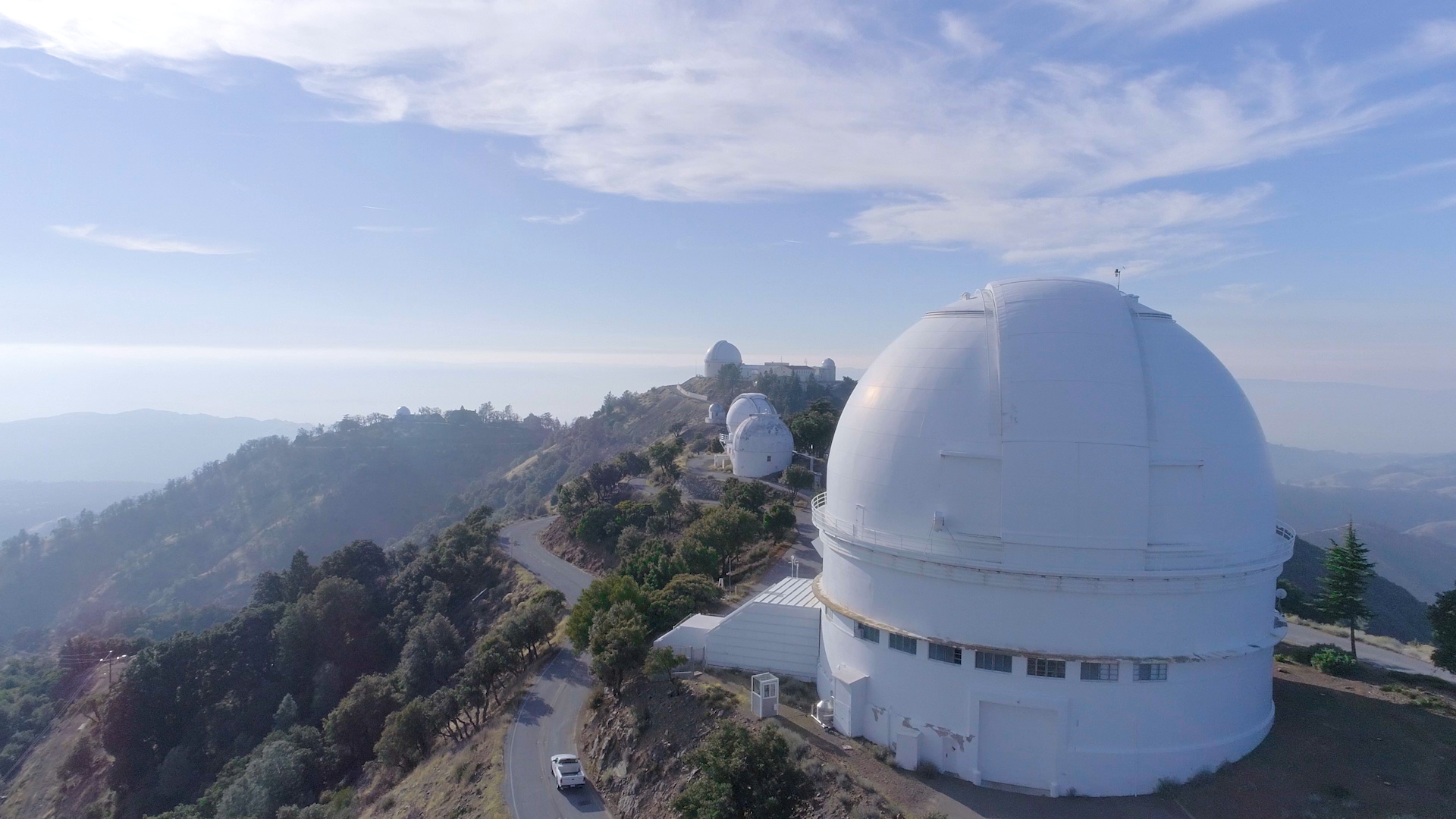

Each of these materials expands and contracts at different rates with changes in temperature. Spectromers are composed of real stuff, lenses, mirrors, gratings made of different types of glass, separated and held in place with components made of different metals and other materials.

Marcy and Butler ran into a myriad of problems along the path to producing precision velocities, many of them the same problems that Campbell and Walker had faced. He then moved to the University of Maryland to pursue his Ph.D. Butler completed his physics Masters thesis at SFSU in August 1987. The Iodine cell was first used to take stellar data with the Hamilton spectrometer on the evening of June 10 1987.

This allows the effects of the spectrometer to be calibrated and removed. Since the measuring stick is embedded in the starlight priory to entering the spectrometer, it is affected by the spectrometer in exactly the same manner as the starlight. The spectrum of the absorption cell is embedded in the starlight and serves as the measuring stick for Doppler (wavelength) shifts in the stellar spectrum. Marcy was aware of the great strides in precision velocities made by Bruce Campbell and Gordon Walker in Canada.īutler followed Campbell and Walker’s idea of observing stars through an absorption cell. Butler’s undergraduate degree was in Chemistry. Paul Butler was Marcy’s first graduate student. The Lick Observatory Planet Search began at San Francisco State in September 1986. After a postdoctoral fellowship at the Carnegie Observatories in Pasadena, Marcy became a tenure track professor at San Francisco State University in 1984. Geoff Marcy was Steve Vogt’s graduate student during much of the time that Vogt was designing and building the Hamilton spectrometer.


 0 kommentar(er)
0 kommentar(er)
